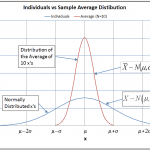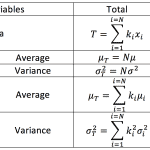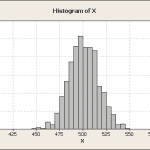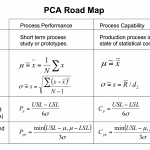Prioritizing risk for corrective actions in an FMEA – Know before you go!
One of the most important steps in FMEA procedure is prioritizing risk for corrective actions. As soon as Severity, Occurrence, and Detection ratings have been determined for each failure mode and associated cause, the next step in an FMEA is to prioritize the risk and identify which issues need corrective actions. This step has been misapplied more often than any other step in the FMEA process.
“The perfect is the enemy of the good.”
Voltaire











